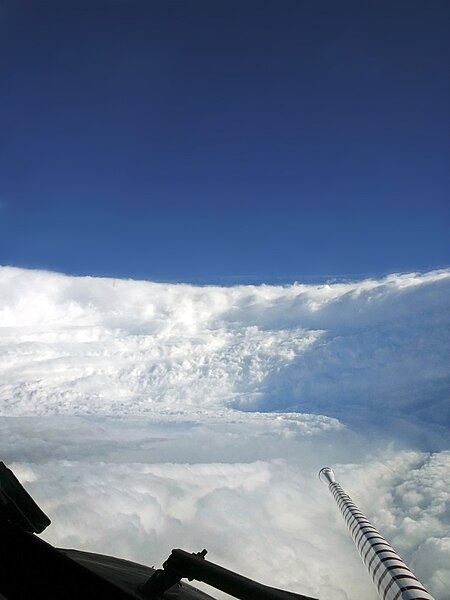In the quantum world view, events in reality cannot be pictured as
coming in predetermined, connected sequences of cause and effect, but they aren’t
random either. All events can now be seen as governed by rules of probability.
Which subatomic particles will jump to other energy levels at any given
nanosecond can be described only by laws of probability; all larger events are
shaped by those subatomic particles.
Normally, an event or an object seen at our level of reality is the
average of quintillions of subatomic events. Most of the time, the events we
see at our level, the macroscopic one, are high-probability macro events, and
they fit together to create the classical, Newtonian pictures and patterns we’ve
seen over and over and have come to expect of everyday life.
But quantum theory leaves open the possibility that once in a while,
when enough unusual events at the subatomic level coincide, they cause an event
at our level—a hurricane, a supernova, a tornado, an avalanche, a failed bolt
in an airplane, a mutation in a bacterium, or a sillytumble (okay, I made that
up). None of these events is “uncaused”; they all have causes. The problem with
the Newtonian worldview is that the causes aren’t neat sequences of earlier events.
In principle, we can’t predict
these outcomes in advance because we can’t calculate the sums of all the
influential links in the causal chain. Weird things can, and sometimes do,
happen.
And it’s not just that too many factors are involved. Even simple Newtonian
systems with only two or three objects and forces acting on them evolve in ways
that defy our best computer models. The possible results of the system depend
on initial conditions of all parts of the system. Miniscule changes, some of
them quantum changes, in any of these parts at any time during the unfolding of
events may lead to any one of zillions of very different outcomes. The
possibilities rapidly become, in practical terms, incalculable.

inside the eye of Hurricane Katrina (credit: Wikipedia)
For example, we can only say after the hurricane has passed that five
days before it hit, some of our models had been indicating near-certainty
levels of the hurricane’s making landfall on the Florida Coast. Then, the evolving
odds that it was going to hit a specific site—for example, Pensacola—began to
approach 60 percent on Friday and 95 or 99 percent by Sunday. Tiny jumps by
particles, even some subatomic ones (what physicists call the “butterfly effect“),
right back to the hurricane’s genesis off the coast of Africa, favoured and
eventually selected one outcome over all of the other possible outcomes.3
In this hurricane scenario, gradually, a winning-outcome candidate
emerged. But before it hit, which outcome that would be was not just unknown; it
was unknowable. Unlike the Newtonian/Enlightenment world view, the quantum worldview
says that the outcomes in real-life sequences of events are in principle never
certain, but are always to some degree predictable in the exact sense of that
word.
No comments:
Post a Comment
What are your thoughts now? Comment and I will reply. I promise.